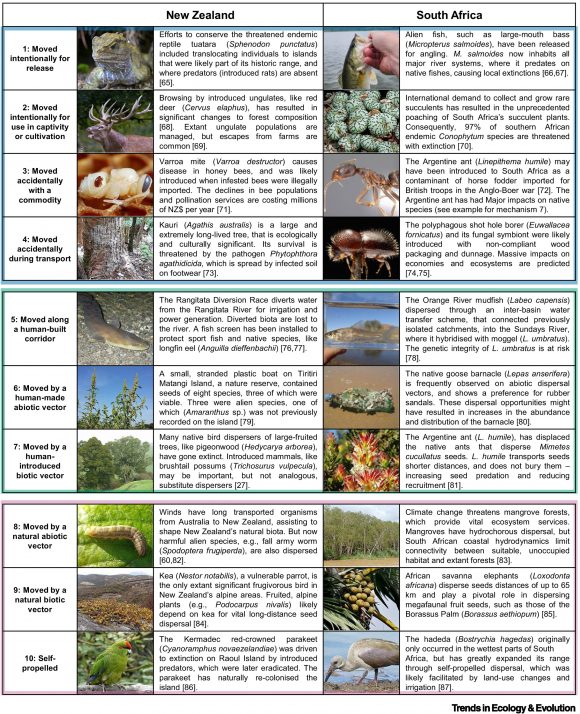1 March 2016 | By John Measey
When humans change the habitat of a certain species, another species can invade the habitat of that species. This was the case when the African clawed frog (Xenopus laevis), which thrives in artificial water-bodies, was able to invade the habitat of the Cape platanna (Xenopus gilli) as a result of new permanent artificial water-bodies constructed in their habitat.
A recent study by the C·I·B student, André de Villiers, his supervisor John Measey and their colleague from the South African National Parks, Marisa de Kock determined whether the removal of the African clawed frog was a viable method to conserve the Cape platanna.

The Cape platanna is an endangered frog species that only occurs at four areas in the south-western Cape, all of which are currently infested with the African clawed frog. It is believed that the African clawed frog negatively affect the Cape platanna through predation, hybridization and competition.
In this study two of the four populations where chosen; the Cape of Good Hope Section of Table Mountain National Park (CoGH) and Kleinmond. In CoGH, the removal of the African clawed frog started in 1985, whereas no removal took place at Kleinmond. Monitoring of the effect of the African clawed frog on the Cape platanna started in 2014. Frogs were captured, photographed, sexed and tagged with a passive integrated transponder (PIT) tag which gave each frog a unique number. All the frogs were measured from their pictures and the size of the frogs were used as a proxy for their age.
André and colleagues found that there was an increase in younger Cape platannas in CoGH, after the removal of the African clawed frogs started. However, in the Kleinmond populations of Cape platannas these younger frogs were missing. The Kleinmond population also has a reduced number of Cape platannas compared to CoGH.
“We found that removal of the African clawed frog was relatively easy and with regular monitoring” said Andre, “represents a relatively cost effective means of ensuring the conservation of the Cape platanna. This information is likely to be of great use to conservation agencies.”
Read the paper
For more information, contact John Measey at jmeasey@sun.ac.za



